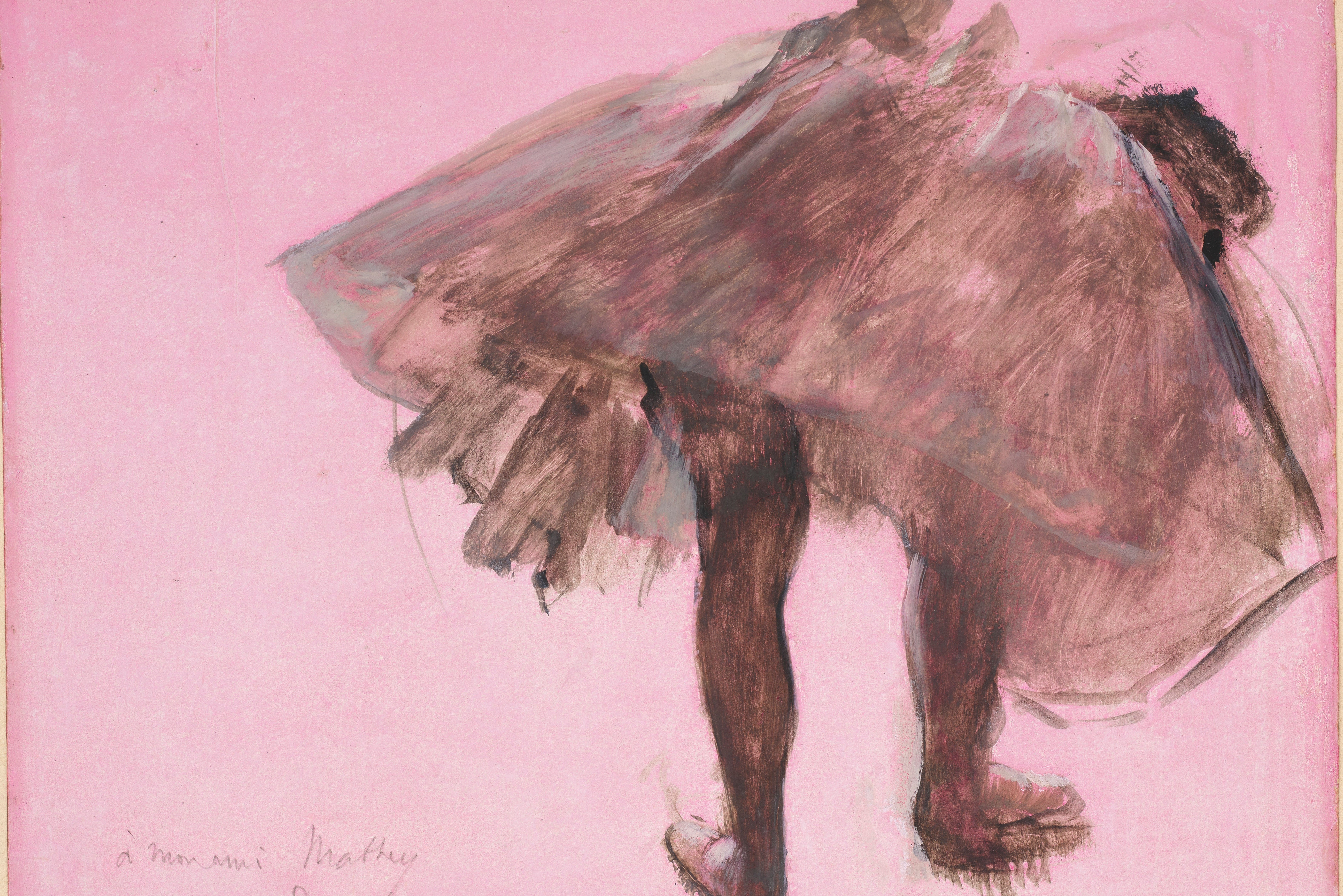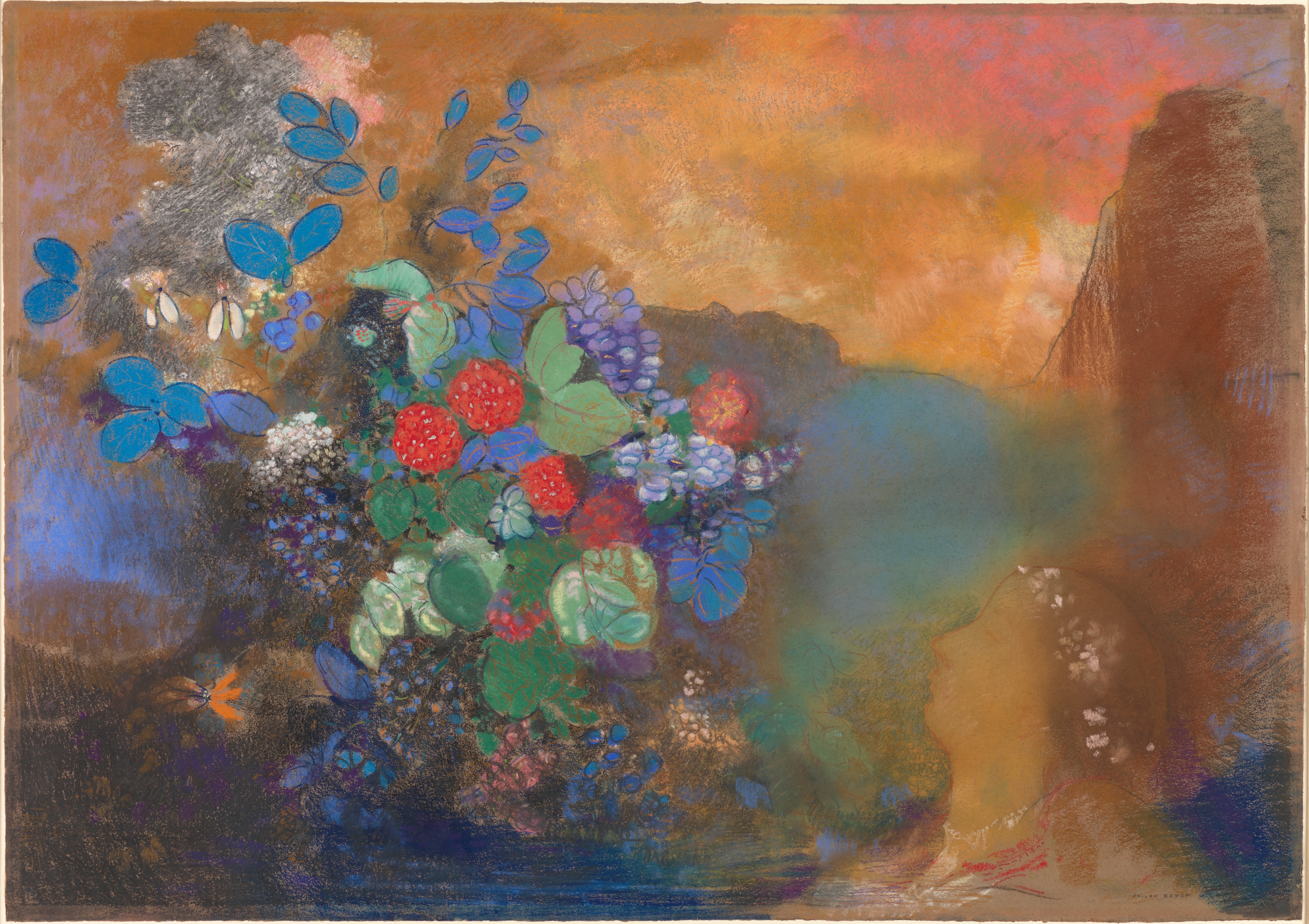Impressionists on Paper – Degas to Toulouse-Lautrec review: A jewel of an exhibition
Monet, Van Gogh and Cezanne feature in a pleasurable Royal Academy show that demonstrates why the Impressionists remain the world’s favourite set of artists

Impressionism and paper don’t go together. Or certainly not in the mythic story of the birth of modern art; the tale that helped make Impressionism the most reliably crowd-pulling art phenomenon of the past century. In this version of history, Monet, Van Gogh, Cezanne and their mates go rushing out into the landscape with their paints and seize the moment, getting the effects of nature down on canvas before the light changes. The door was blown open on centuries of stuffy studio art – with no time for faffing about with pencils and sketchbooks. Right? Actually, that is completely wrong, as this jewel of an exhibition amply demonstrates.
The birth of Impressionism coincided with technical developments that made paints cheaper and more portable, and good-quality paper more plentiful. The fact that drawings and small painted studies were no longer needed as aids to memory or studies for larger works left artists free to explore these once-marginal mediums as art forms in their own right. So the Impressionists were substantially responsible – contrary to everything we’ve been led to believe – for turning the long-ignored “work on paper” into a significant, and very saleable commodity.
Featuring 77 works from collections around the world, Impressionists on Paper at the Royal Academy shows all the big names of Impressionism and Post-Impressionism, and some intriguing lesser-known talents, responding to the challenges and opportunities of what was then new technology.
After a few delightful tiny seascapes, including a gorgeous black-and-orange sunset by the Impressionist precursor Eugene Boudin, Edgar Degas rapidly emerges as the show’s dominant figure. At once the most classically orientated and the most technically experimental of the Impressionists, Degas would have been one of the greatest draughtsmen of all time no matter what era or context he’d lived in: it was just the way his mind worked. Dancer Seen from Behind (c. 1873), executed in heavily diluted brown and grey oil paint on startling mass-produced pink paper, is just a billowing tutu executed in a few brisk, splashy paint marks with a pair of delicately delineated legs protruding from beneath. Yet the sense of volume and bending motion is caught in the instant.
Degas produced thousands of rapid drawings, many of dancers, that were never intended to be seen by other people, let alone exhibited and sold. These images were personal research – drawing in the pure sense – into the weight and tension of the human body in motion. One of the greatest, the large and minimal Study of Nudes (1901) from Cambridge’s Fitzwilliam Museum, has barely a stable line in it as Degas’s restless hand follows the twisting, bending limbs of two female models. If they look a bit heavy to be dancers, Degas skittering chalk marks capture an elastic tension in their movements, as though they’re about to spring out of the confines of the paper.
Pierre-Auguste Renoir’s slightly saccharine studies of young women look slight in comparison. Even a strong Academic Study of a Male Nude (1867) by another mega-draughtsman, Paul Cezanne, struggles to compete. Beside it is one of the show’s revelations: a meticulous, but intensely vivid, near life-size drawing of a Renaissance bust of a “young warrior”, by the young Vincent van Gogh. Even at his most academic, the world’s favourite artist was incapable of creating an image not invested with a certain numinous strength.
His Thatched Roofs (1884), executed in an innovative blend of ink, graphite and gouache is, at a glance, just a dour and wintry view of tumbledown Dutch cottages. Yet it’s built up of intersecting meshes of minutely fine lines to create an effect that appears superficially traditional, but looks forward to the geometric abstraction of Van Gogh’s compatriot Mondrian, just 30 years later.

Our sense that Impressionists “don’t draw“ is compounded by the fact that most works here by the core Impressionist group – Monet, Pissarro and Sisley – are effectively small paintings in pastel on paper. The two Monets are exquisitely atmospheric studies of cliffs at Etretat on the Normandy coast. The Manneport at Low Tide (1885) is just a dun-coloured silhouette of an immense rock arch above a featureless beach, but with fugitive touches of orange and violet that animate the glowing sky – demonstrating pure mastery of light with the most minimal means.
I could go on all day itemising the wonderful works in this exhibition: from brooding studies for Seurat’s monumental The Bathers at Asnieres in the National Gallery, all in rich, intense blacks, to a cluster of Toulouse-Lautrec’s gleefully seedy portrayals of the denizens of the Moulin Rouge. If the show doesn’t tell us anything absolutely new about Impressionism and Post-Impressionism, it confirms the reasons why we keep returning to this one relatively brief period. It was a time when art was suddenly open to near limitless new possibilities. And practically everyone involved just happens to have been a genius.
Royal Academy, from Nov 25 until March 10
Join our commenting forum
Join thought-provoking conversations, follow other Independent readers and see their replies
Comments
Bookmark popover
Removed from bookmarks